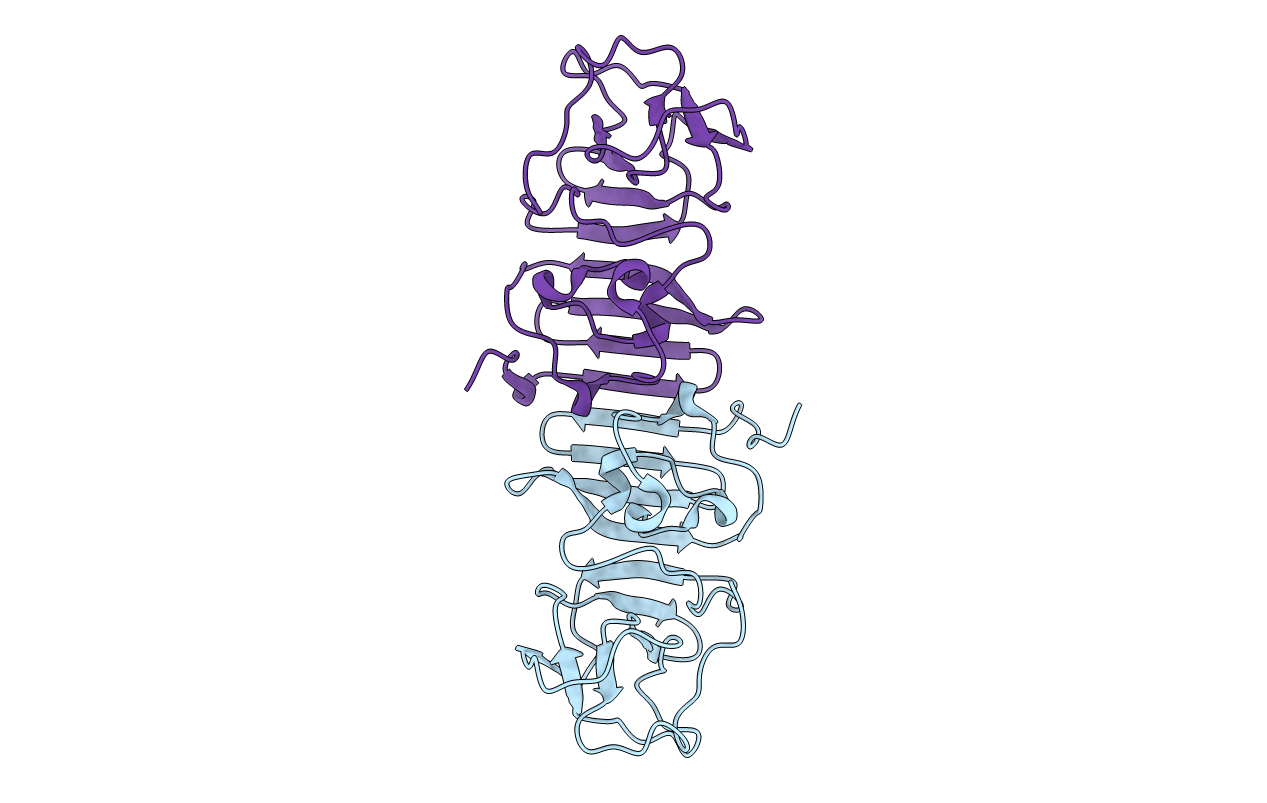
Deposition Date
2017-03-03
Release Date
2017-05-17
Last Version Date
2024-10-23
Entry Detail
PDB ID:
5X8Y
Keywords:
Title:
A Mutation identified in Neonatal Microcephaly Destabilizes Zika Virus NS1 Assembly in vitro
Biological Source:
Source Organism:
Zika virus (Taxon ID: 64320)
Host Organism:
Method Details:
Experimental Method:
Resolution:
2.82 Å
R-Value Free:
0.25
R-Value Work:
0.20
R-Value Observed:
0.21
Space Group:
C 2 2 21


